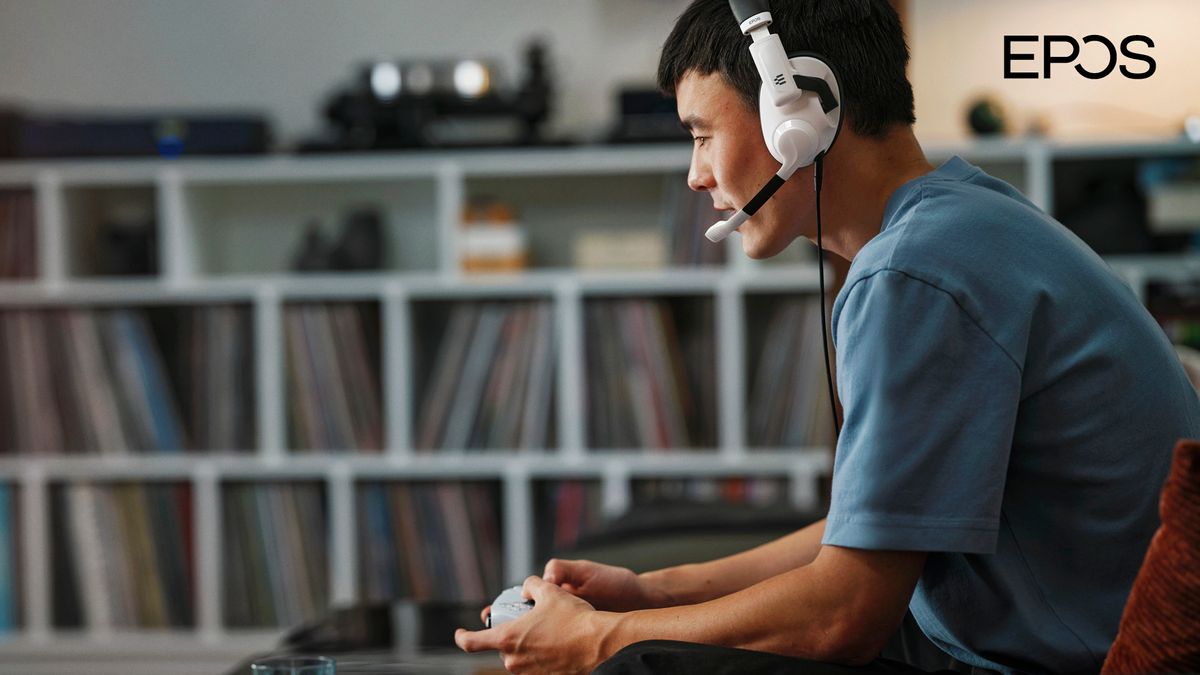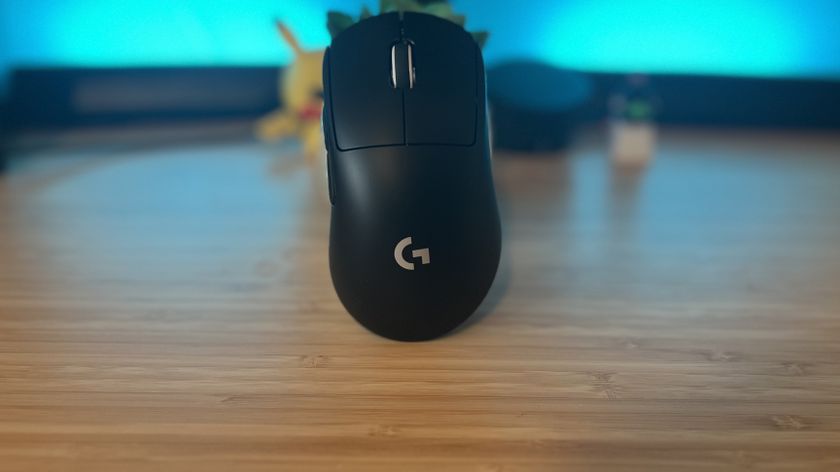12DOVE Verdict
Clean, simple 3.5mm cans with some Senny clout, for less
Pros
- +
Grown-up looks
- +
Great stereo sound
Cons
- -
Feels plasticky for the price
- -
Not GSP-grade audio
Why you can trust 12DOVE
Since Epos and Sennheiser transitioned from collaborators to separate entities, the sets that were once Sennheiser headsets for gaming now carry only the Scandinavian company Epos’ logo, and seem pitched more towards a luxury consumer goods market than Sennheiser’s previous positioning, which might mostly aptly have been described as ‘gaming cans with studio know-how.’ The first question about these H3s, then, is what’s been lost, and what’s been gained, during this slightly confusing rebranding of what were some of the best gaming headsets going.
Design & Features

A quick examination of the midrange H3s reveals a slight dip in construction material quality, finish, and cushioning than Sennheiser’s pricier GSP models of old. The revised headband design is much simpler and while its clean lines are arguably a big improvement on the eye, what little cushioning there is on the inner side feels quite low quality.
A mix of matte and gloss plastics in contrasting black and white contribute to a grown-up look that distances the H3s from the faintly patronising designs of other manufacturers’ gamer-focused models. However, neither finish quality nor construction materials feel befitting of the price point.
The exception to that rule is the quality of cushioning around the earcups: this feels like top quality memory foam, and plenty of it, finished in leather and a suede-like material at the contact points. The clamping force is quite high on this model, so that luxurious padding is a welcome touch.
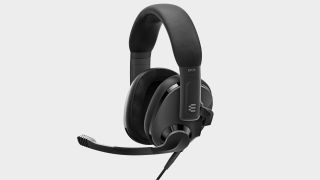
This being a wired 3.5mm connection model, we don’t have a swathe of features to examine here. You do have a choice of braided fabric cables, featuring either separate mic and audio connections or a straight-to-right combined 3.5mm cable for laptops or smartphones that still carry that input. The latter is noticeably quieter than the separate input cable, however, so your top volume is at a lower ceiling if you connect this way. Still, no problems if you're thinking of your next PC headset for gaming, or wired contender for best PS5 headset or best Xbox Series X headset.
Elsewhere, the few controls on offer are handled elegantly on the headset itself. As with prior Sennheiser models, muting the mic is achieved just by swinging it up and out of the way, and a satisfying click leaves you in no doubt as to when you’ve silenced yourself. Volume control’s handled via a dial on the right earcup, meanwhile.
Performance

Onto the main event though: the audio. This was always Sennheiser’s strong suit, and although much of the H3 seems to bear a strong resemblance to GSP designs, the sound characteristics are quite different.
It’s an extreme example of closed-back audio: the chamber around your ear feels especially sealed, which lets low frequencies really resonate while highs are voiced without intruding outside noise. It’s definitely a satisfying response, but to this reviewer’s ears the EQ sounds slightly too 'scooped'. If you bring Epos’ own GSX 300 sound card into play too, you can sculpt custom EQs and toggle virtual surround on and off, but without that added expense, out of the box, the H3s are much more exaggerated in their response than, say, the Arctis 7, whose pleasantly flat voicing is favoured by many.

Overall
What the H3s do have going for them in audio terms is a great stereo spread, and this gives them both a useful applicated in the likes of PUBG, where positional audio cues can be a lifesaver, and in cinematic sound - movies whose audio simulated a wide sound stage.
This isn’t just a Sennheiser headset carrying another logo - there’s a different construction standard and a distinct audio character to the H3s that both impress on their own terms, but feel a little lacklustre for the price.
Phil Iwaniuk is a multi-faceted journalist, video producer, presenter, and reviewer. Specialising in PC hardware and gaming, he's written for publications including PCGamesN, PC Gamer, GamesRadar, The Guardian, Tom's Hardware, TechRadar, Eurogamer, Trusted Reviews, VG247, Yallo, IGN, and Rolling Stone, among others.
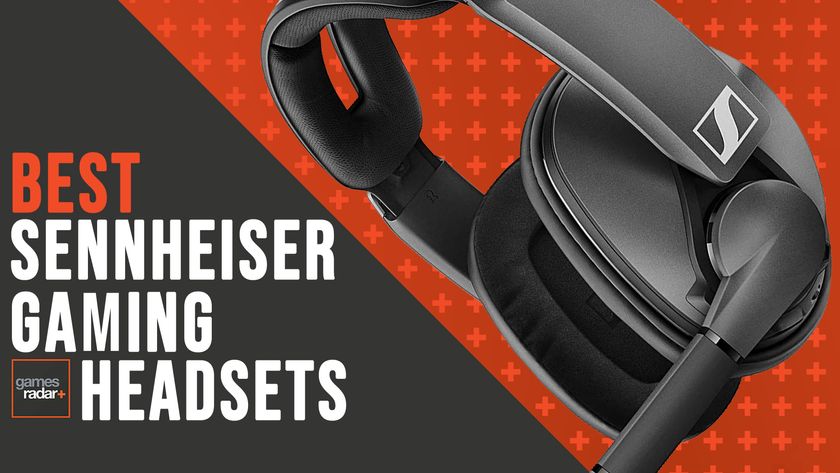
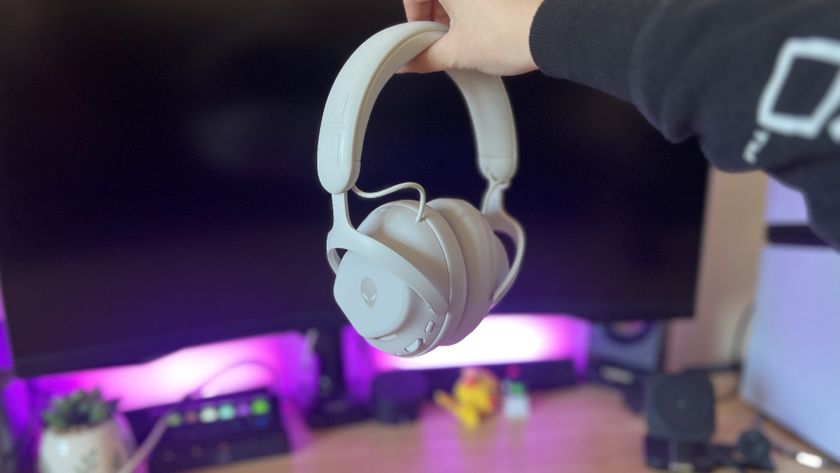
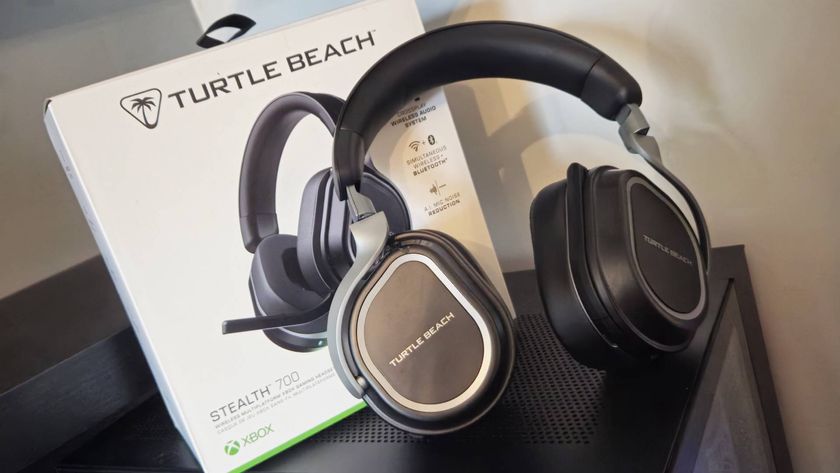
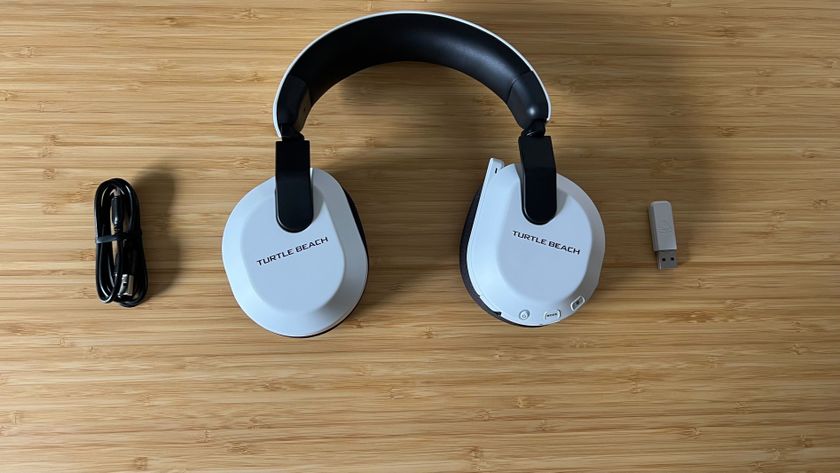
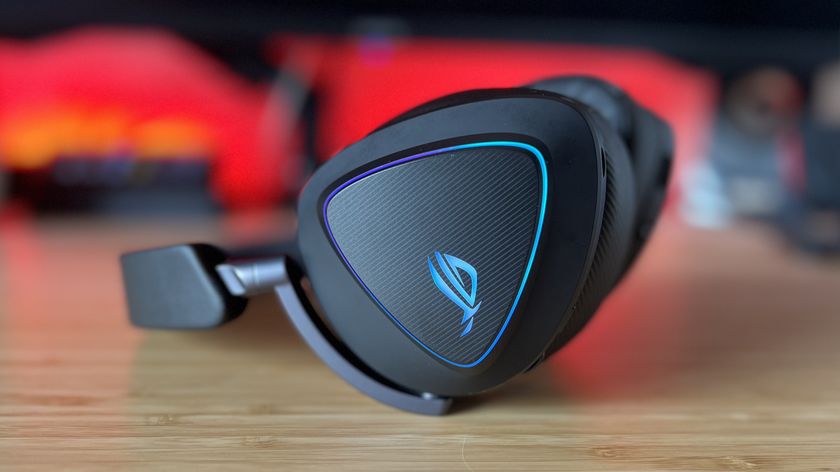
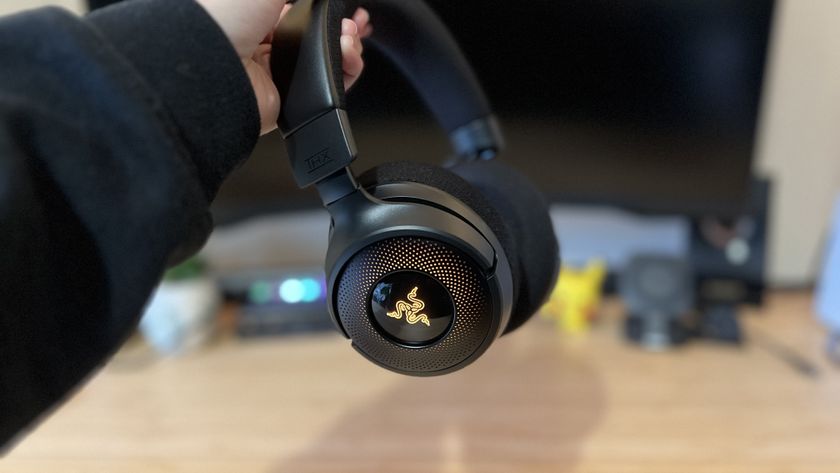

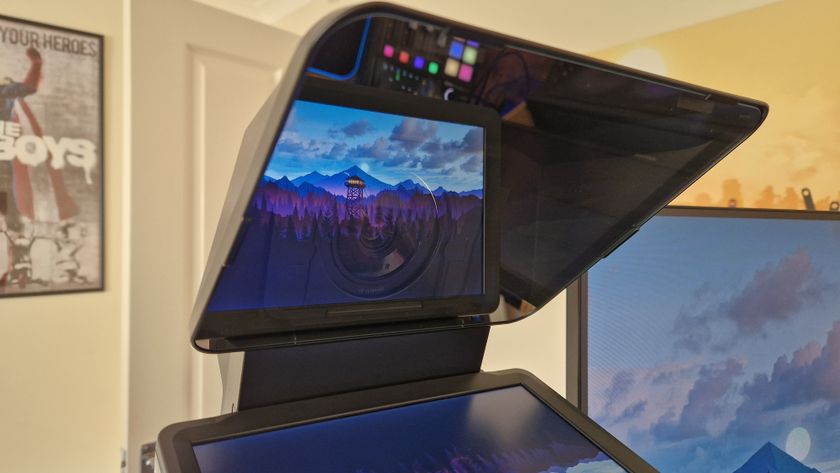
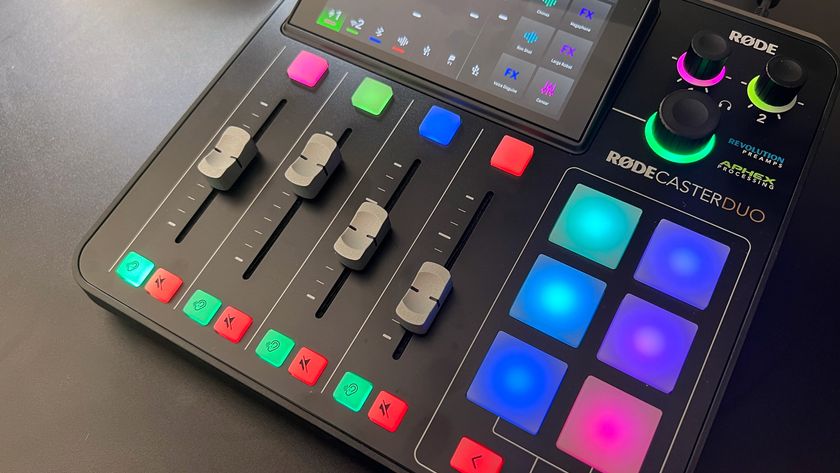
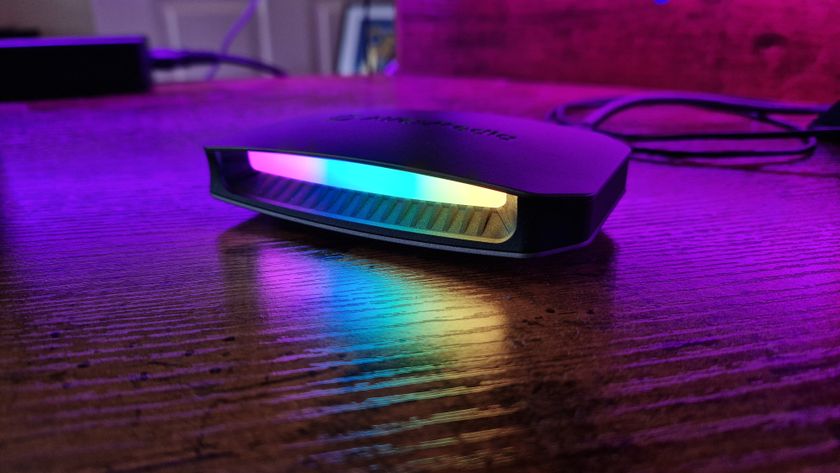
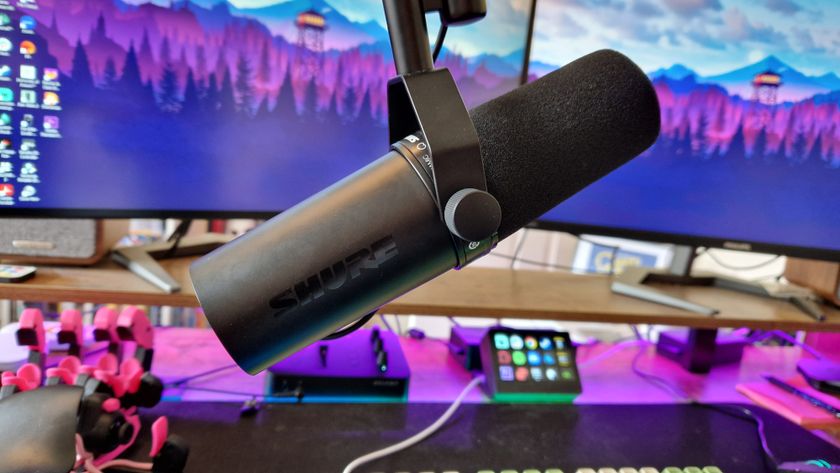





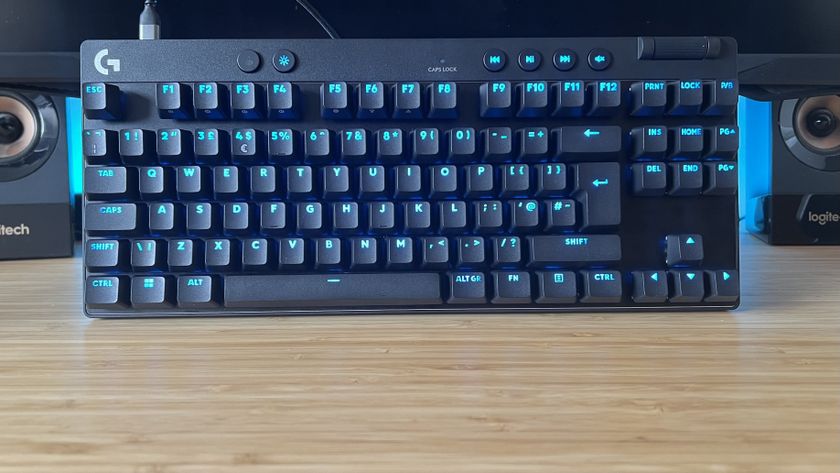


5 years after starting development, Neil Druckmann says Naughty Dog's new game Intergalactic: The Heretic Prophet is "still evolving and changing as we're making it"

After 2 years of silence, the next mainline Silent Hill game is getting a dedicated stream this week with "the latest news"

FC 25 FUT Birthday guide and full cards list
